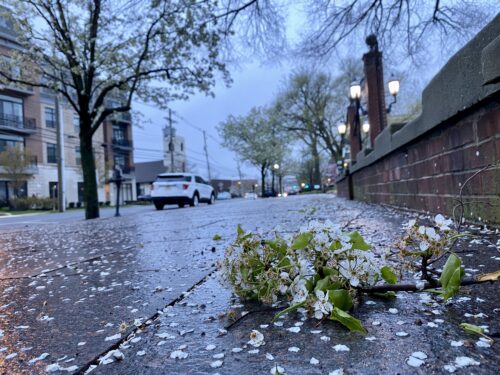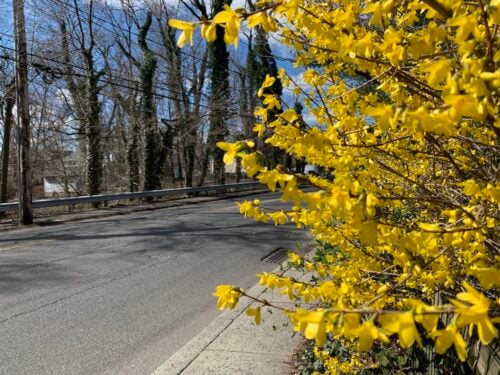Environmentalists voiced concern yesterday that the federal government has abruptly halted long-standing tests that can predict brown tides of the kind seen along the coast over the Memoral Day weekend, the Star-Ledger reports.
The tests, which have been conducted along the coast via Environmental Protection Agency helicopter for three decades to measure the level of dissolved oxygen in water, can be used to forecast fish kills and algae blooms.
From the story:
Federal officials downplayed the controversy, saying they had advised state officials they were pulling the plug on a test they said wasn’t getting the job done. They pledged to add new tests next year that would be a better gauge of pollution.
Environmentalists were outraged, however, that the familiar EPA helicopter that has hovered over the shoreline for 30 years and sampled water to test dissolved oxygen levels would be missing this summer. The test can predict potential fish kills and warn of harmful algal blooms.
“We were very shocked and alarmed to learn that EPA has discontinued its monitoring,” said Cindy Zipf, executive director of [Sandy Hook-based] Clean Ocean Action. “Dissolved oxygen is a very important sentinel for what’s going on in our ocean waters, and it’s just stunning that EPA has decided unilaterally to take this important indicator off of the monitoring list.”
EPA officials said they are ending the sampling because they’re moving toward implementing other tests that will be more meaningful to evaluating the health of the ocean.
U.S. Rep. Frank Pallone (D-6th Dist.) said he wasn’t satisfied with that answer. He is seeking a meeting with EPA officials to discuss why the program is important to New Jersey, which has struggled for years with oxygen-depleted ocean water.
“We want this reversed. We want to go back to the testing,” Pallone said. “If they want to do something next year that’s better or all encompassing so we can get at the source, that’s fine. We’re certainly open to that. We love to see improvements. But … we want to build on what we have.”
Algal blooms are not uncommon at the Shore, but most often occur late in the summer season. New Jersey had its first seasonal bloom just before Memorial Day weekend, however, when 25 miles from Sandy Hook to the Manasquan Inlet experienced a brown slick.
Blooms are caused by rapidly growing algae, fed by nutrients washed off in rainstorms or dumped from treatment plants. As they die off, bacteria populations that consume them explode and deplete oxygen levels in the water, threatening other aquatic life.
In a written statement, EPA regional administrator Alan Steinberg said his agency ended the sampling because it tells scientists nothing more than they already know — that New Jersey and other states stretching into New England have a problem with low dissolved oxygen and algal blooms.
“Our helicopter was not the most effective way to gather information to solve a problem that is so widespread,” he wrote.






















